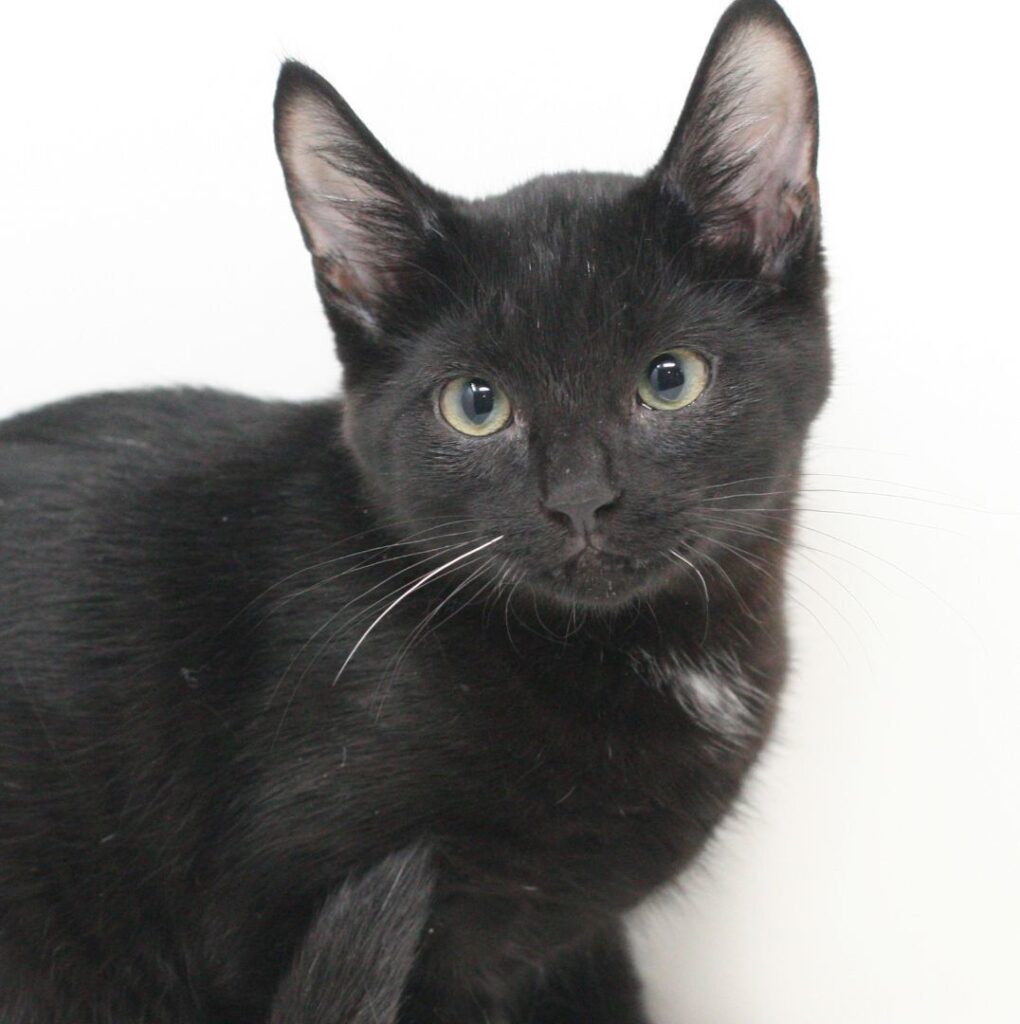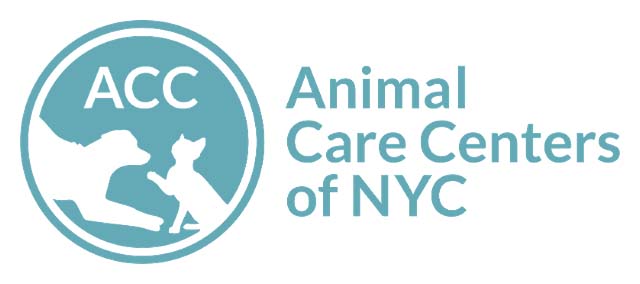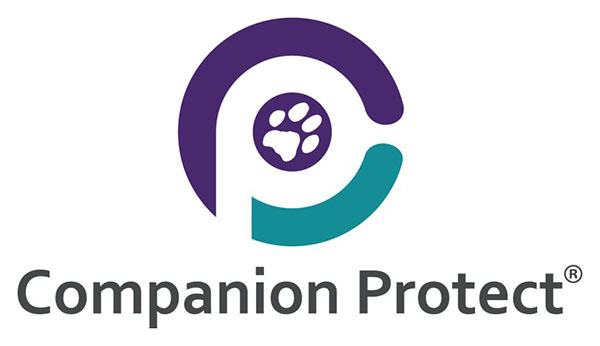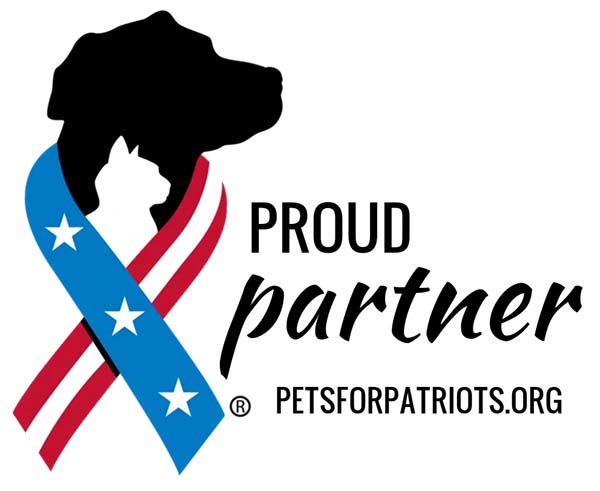What causes cerebellar hypoplasia?
CH is commonly caused by a mother cat passing the feline panleukopenia virus to one or more of her unborn kittens in a litter. The virus can attack the cerebellum of the brain, hindering the unborn kitten’s brain development and causing cerebellar hypoplasia.
What are the symptoms of cerebellar hypoplasia?
CH affects the portion of the brain responsible for fine motor skills, balance, and coordination, and it becomes apparent when a kitten first starts to walk at 4-6 weeks. Thus, CH is also called “wobbly kitten syndrome” or “wobbly cat syndrome.” In a cat or kitten with CH, you might notice some of the following symptoms:
- Mild head tremors
- Intention tremors (when a kitty is getting ready to make a big movement like bending down to take a drink or pouncing on a toy)
- Hypermetria (a goose-like walk–like that one scene from Aristocats)
- Unsteady, jerky, or wobbly walking like adoptable CH kitten Lucy below.
Does wobbly kitten syndrome go away?
Since the condition is caused by prenatal brain development, the condition does not go away. However, your CH cat will be able to adapt to their condition as they grow and enjoy a normal life expectancy. Some vets do recommend physical therapy or hydrotherapy to build muscle strength and coordination.
How do you treat a cat with cerebellar hypoplasia?
CH can be mild, moderate, or severe, but regardless of a cat’s level of CH, there are a few easy things you can do as a cat parent to help your kitty live their best nine lives.
- Cats with CH should remain indoors. They are prone to losing their balance, and they would also have a harder time running away or defending themselves if they were attacked by another animal. If they got out of your yard and were sent to animal control, their condition could be incorrectly perceived as an injury and they might be euthanized.
- You should not declaw a cat with CH. Their claws help them grip, balance, and climb! In all honesty, no cats should be declawed, but declawing a cat with CH is especially cruel as it makes it harder for them to get around.
- Prevent injuries with a few furniture modifications. Many cats with CH are avid climbers, but they also tend to lose their balance and fall often. Add a baby gate, carpet, or individual carpet stair treads to stairs, and add net guards to banisters, balustrades, and balconies.
- Encourage exercise. Adding climbing aids like ramps up to window ledges will help keep your kitty happy as well as safe. Tucking a blanket or towel into a couch and draping it over the edge of the seat will help your cat climb onto the couch, and it will protect the upholstery. Play with your kitty to get them active.
If your cat’s CH is moderate or severe, they may need a little more help from you:
- Eating and Drinking: Raised dishes can help them access their food and water better. If they tend to rest their faces on their dishes while eating or drinking, softer silicone dishes will help prevent bruising.
- Litter boxes: Litter boxes with higher sides can help them support themselves while doing their business. They may do better with pellet litter or pee pads for less mess, or they may need a litter box that has a low entry point.
- Mobility: They may not be able to walk and prefer to climb or flop in order to propel themselves. Carpets and rugs help with mobility and balance, but they may need assistance getting to their food, water, or litter box in a timely manner. A cat wheelchair or CH cat walker could be a good option in some cases to help with mobility.
Fast Facts:
Just keep in mind these four essential facts about CH when considering cerebellar hypoplasia cats up for adoption:
- CH is not painful.
- CH is not contagious.
- CH is not a progressive condition (i.e. the condition doesn’t worsen over time).
- Cats with CH can live long, happy, and normal lives.















